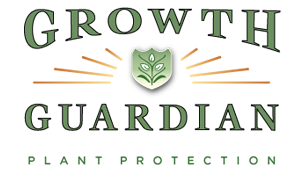
The Bright Side of Hydroponics
Grow plants without soil? That’s a question many may ask themselves when they hear the definition of hydroponic gardening – growing plants in a liquid nutrient medium with no dirt included. Hydroponic gardening is one of the most fascinating ways to produce your own food, not least because there is no soil mess.
Hydroponics, the art of gardening without soil, is a form of gardening that is growing in popularity in the United States. The word hydroponics is formed from the Greek words “hydro”, meaning water and “ponos”, meaning labor.
There are several different hydroponic systems available to gardeners. These include the ebb and flow system, the drip system and the wick system. The science behind each system makes an intriguing study.
The ebb and flow system works by flooding the grow tray with a nutrient solution that later returns to the reservoir. A submerged pump is connected to a timer that controls when the nutrient solution enters either the grow tray or the reservoir. The pump can be set up to flood the tray several times on any given day.
The drip system is the most commonly used hydroponic system. Like the ebb and flow system, the drip system features a submerged pump controlled by a timer. This pump sends the nutrient solution through a small drip line, and the drip line drips the nutrients directly onto the base of each plant. Typically, the plants are supported in small buckets full of grow rocks with the roots descending into the nutrient solution.
The wick system does not use any moving parts. The nutrient solution is drawn into the grow pad from the reservoir with a wick. This system can accommodate a wide variety of growing media including Vermiculite, Perlite and coconut fiber. The disadvantage of this system is that the plant may become so large that it uses up the nutrient solution faster than the wick can supply it, thereby starving itself as a result.
There are several unique aspects to hydroponic gardening:
• Hydroponic gardens can grow up to twice as fast as soil gardens.
• Since most diseases are soil-borne, hydroponically grown plants are less likely to become unhealthy.
• The produce yield is significantly higher with hydroponic gardening, making it a surprisingly efficient way to produce your own food.
Because hydroponic gardens can be as large or as small as you desire, they can be done virtually anywhere. Those living in high-rise apartments have reported huge successes with hydroponic gardening and are thrilled to be able to provide for their produce needs despite limited space.





















 © 2017
© 2017
Recent Reviews